Fall of I-5 bridge span under investigation; major traffic disruption expected
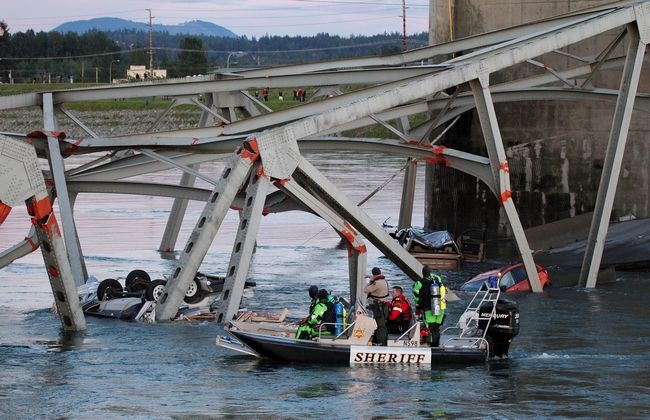
Rescuers work in the water after the Interstate 5 bridge collapsed over the Skagit River in Mount Vernon on Thursday.
By Gale Fiege and Eric Stevick, The Herald
MOUNT VERNON — The four-lane I-5 bridge over the Skagit River collapsed about 7 p.m. Thursday, dumping vehicles and people into the water, the Washington State Patrol said.
Rescue crews raced to the scene and after a frantic hour reported that there was no loss of life.
Marcus Deyerin, a spokesman for the Northwest Washington Incident Management Team, said there were only two vehicles involved: a pickup truck towing a trailer and a small passenger vehicle.
Two people were in the truck; one in the car. All were rescued and receiving medical attention, he said. Two people injured in the collapse were en route to Skagit Valley Hospital. A third was being transported to a different area hospital.
There was no immediate reason to believe anyone else was involved in the collapse, but crews were scouring the river to make sure, he said.
“Now we begin the recovery stage dealing with a major interstate highway that is nonfunctional at the moment,” Deyerin said.
“Our state bridge engineer is looking into the possibility that an oversize load may have struck the bridge. Still investigating,” the Washington State Department of Transportation tweeted.
To get across the Skagit River, southbound traffic is being rerouted at Highway 20 to Burlington Boulevard in Burlington. Northbound traffic is being rerouted at College Way to Riverside Drive in Mount Vernon.
“We were extremely lucky that it wasn’t worse,” Deyerin said.
That was especially true given the traffic volume Thursday night, and even more traffic that could have been expected on Friday, the start of the Memorial Day weekend.
He said for people to be prepared for major impacts on travel, particularly in the communities of Mount Vernon and Burlington.
Floyd Richardson, a Mount Vernon logger, was outside his home when he heard the bridge collapse.
“It was like 100 little kids crying. It was like ‘EEEEKKK,'” he said.
There was no immediate word on the cause of the collapse, said Jaime Smith, director of media relations for Gov. Jay Inslee. The National Transportation Safety Board plans to send a “full go-team” to investigate, according to the agency’s Twitter account.
The collapse comes just before the busy Memorial Day weekend.
A lot of Skagit Valley residents are wondering how the fallen span will affect their commutes to work.
“I’ll take the back roads,” Richardson said. “I know all the tricks.”
Homer Diaz, of Mount Vernon, was among the hundreds of bystanders lining the river bank. He crosses the bridge to and from work each day.
Thursday night, the inevitable inconvenience of the pending commute seemed a secondary concern. His fiancé crossed the bridge shortly before it collapsed.
“Thank God she wasn’t on it then,” he said. “I feel sorry for the people who fell in.”
Russell Hester, of Mount Vernon, is eager to learn how long it will take to replace the bridge.
“For the locals, there are not a lot of ways to get across,” he said.
Tasha Zahlis suspected something was wrong when there were two brief power surges at her home nearby and her dogs began barking.
She crossed the bridge 10 minutes before it collapsed on her way home from work.
“I absolutely had an angel over me,” she said. “I am so thankful.”
Michael Szagajek arrived in time to see debris from the collapsed bridged still raining onto the river.
“It was still crumbling,” he said. “It was unbelievable.”
When he spotted one of the drivers in the river standing atop a car, it took him a moment to convince himself what he saw was real.
Tandy Wilbur of La Conner was visiting a car dealership on the river’s north side when the lights suddenly went out.
He ran outside to see what was wrong and realized the bridge had collapsed.
When Wilbur reached the top of the dike he saw a man seated atop an orange Geo Metro in the river.
He began searching the banks to see if there was anyone he could help.
“It is a horrible thing,” Wilbur said about an hour after the collapse.
A crowd of about 1,000 people stood along the dikes as the sun set. Christie Wolfe, of Oak Harbor, was among those who raced to the river’s edge. She knew her truck-driving boyfriend was supposed to be on the bridge about the time it collapsed.
He finally got through on the phone to let her know that he had stopped in time.
Rescue boats and hydrofoils crisscrossed on the river while helicopters hovered above.
The Geo Metro was still in the river, its windshield wipers sweeping side to side.
A hovercraft crew surveying the scene reported there was a full-size pickup truck with a trailer and a smaller passenger car in the river.
Inslee was expected at the scene. He was to be joined by Washington State Patrol Chief John Batiste and WSDOT Secretary Lynn Peterson.
The 1,111-foot, steel-truss bridge was built in 1955, according to the nongovernmental website nationalbridges.com, which offers a searchable database of the National Bridge Inventory compiled by the Federal Highway Administration. It was built before the freeway for U.S. 99.
The database classifies the Skagit River bridge over I-5 as “functionally obsolete,” which indicates the design is not ideal, but it is not rated as “structurally deficient.”
“‘Functionally obsolete’ does not communicate anything of a structural nature,” according to nationalbridges.com. “A functionally obsolete bridge may be perfectly safe and structurally sound but may be the source of traffic jams or may not have a high enough clearance to allow an oversized vehicle.”
In 2010, according to the database, the bridge carried an average of 70,925 vehicles per day. The substructure was deemed in “good condition,” and the superstructure and deck were described as in “satisfactory condition.”
The federal database says a structural evaluation of the bridge found it “somewhat better than minimum adequacy to tolerate being left in place as is.”
According to a 2012 Skagit County Public Works Department, 42 of the county’s 108 bridges are 50 years or older. The document says eight of the bridges are more than 70 years old and two are over 80.
Washington state was given a C in the American Society of Civil Engineers’ 2013 infrastructure report card and a C- when it came to the state’s bridges. The group said more than a quarter of Washington’s 7,840 bridges are considered structurally deficient or functionally obsolete.
Snohomish County emergency management crews were summoned to the scene,said John Pennington of the agency. Snohomish County sheriff’s office sent a helicopter and its technical water rescue team, which included divers and three boats. Arlington Rural and Silvana fire departments also were sending boats to the scene. Everett police sent their marine unit.
The American Red Cross was sending volunteers to provide first responders with water, food and other supplies, said Chuck Morrison, executive director of the Snohomish County chapter.
More volunteers were sent from Skagit and Whatcom counties because it was unclear if Snohomish County crews could reach the scene as quickly, he said.
Regional Red Cross leaders had just gotten off a plane when they heard the news, Morrison said. They’re working with state disaster officials as well.
“They’ve got it,” he said. “They’re in control. We’re staying in touch.”


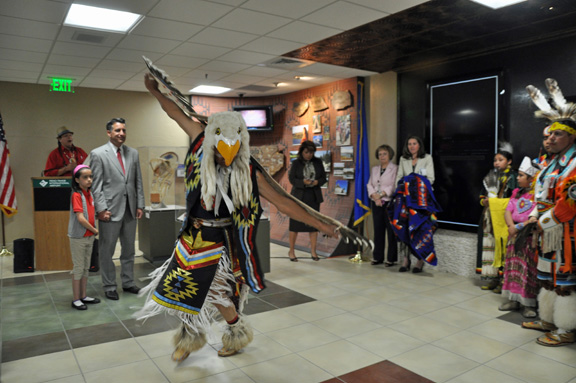





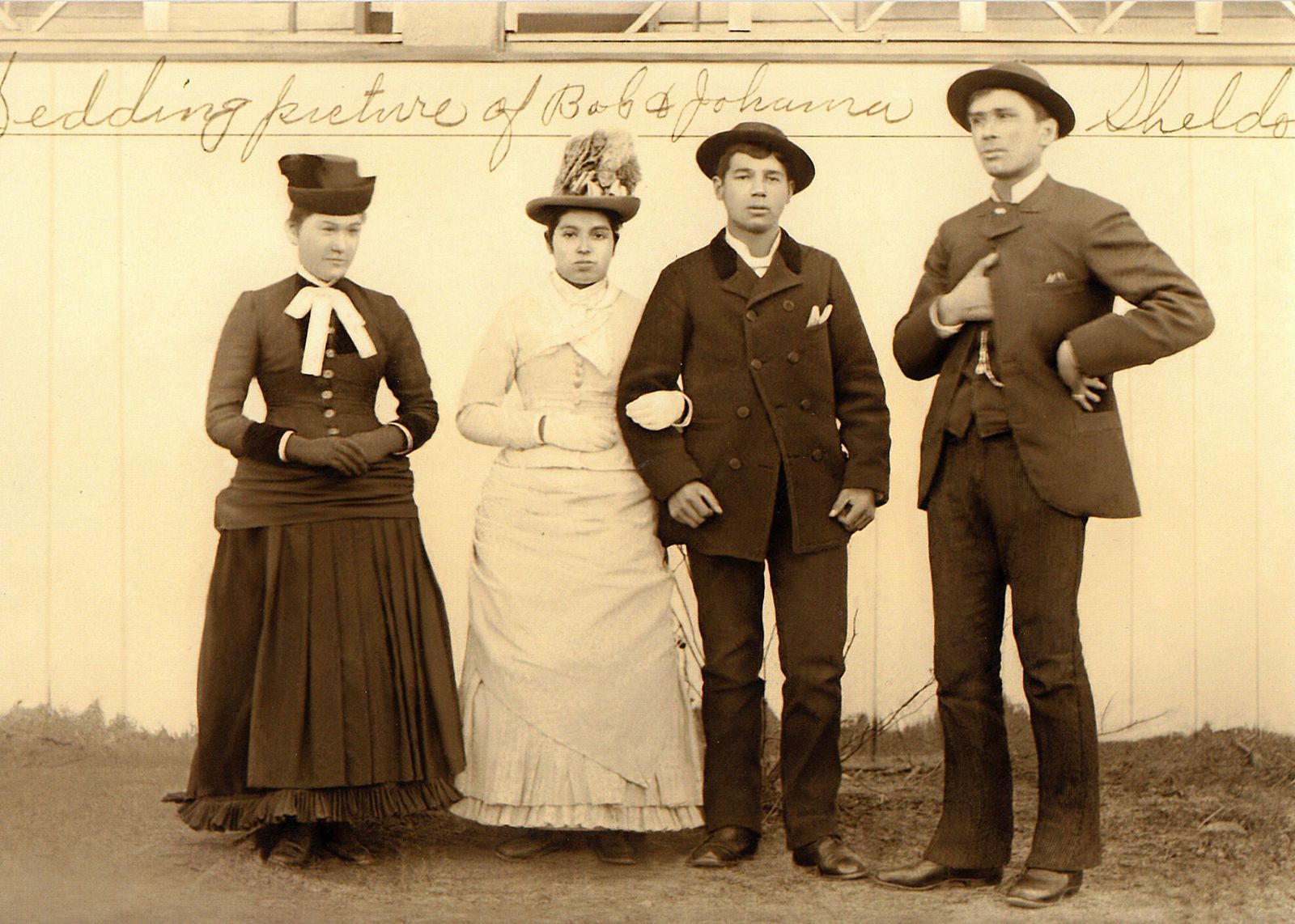

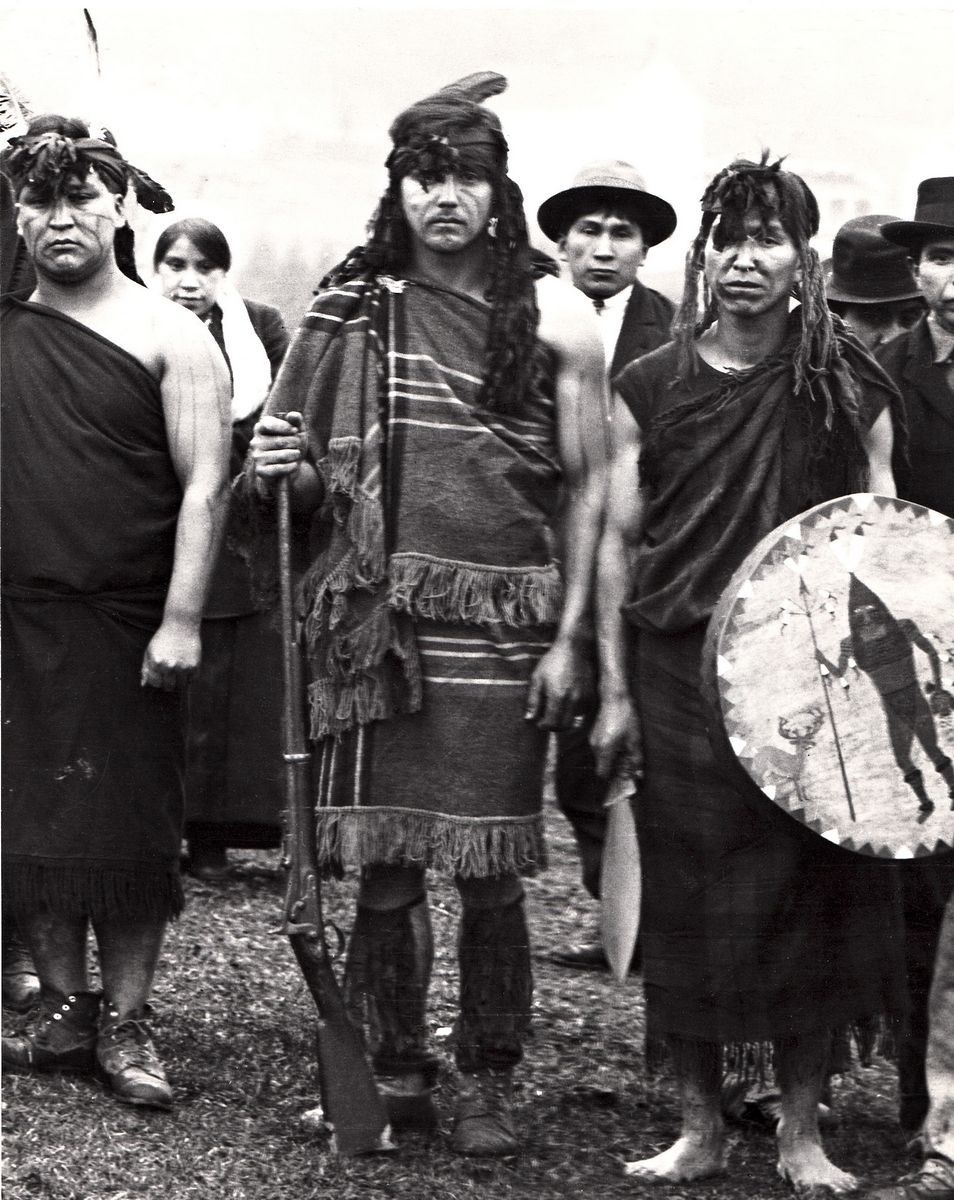
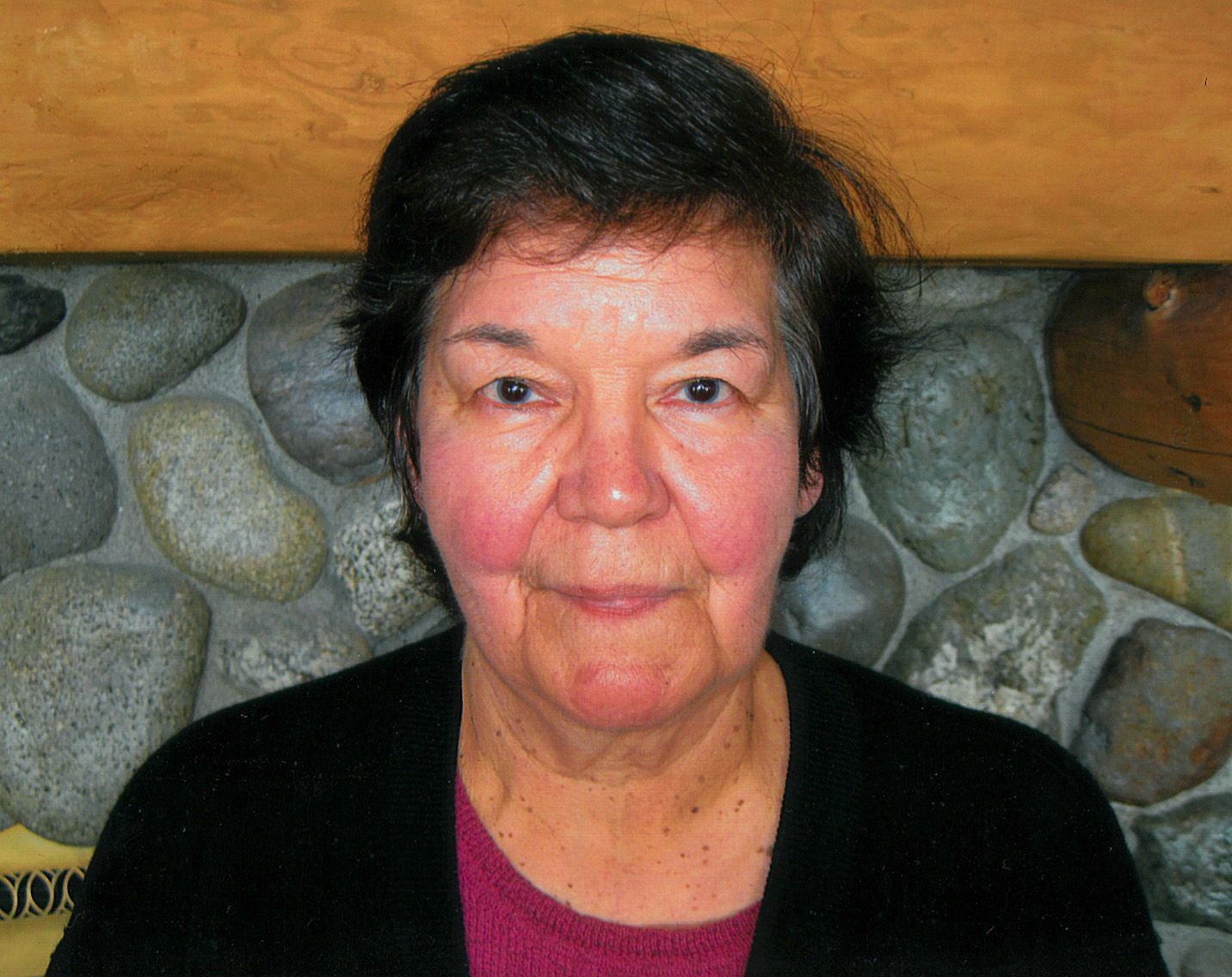


 Matthew Mooney, Jodi Gillette, and Dakota Lorenzo at Chimney Rock (by Harry Burell, Southwest Conservation Corps)
Matthew Mooney, Jodi Gillette, and Dakota Lorenzo at Chimney Rock (by Harry Burell, Southwest Conservation Corps)
 Aaron Lowden welcomes hikers and youth to Chimney Rock (by Harry Burell, Southwest Conservation Corps)
Aaron Lowden welcomes hikers and youth to Chimney Rock (by Harry Burell, Southwest Conservation Corps)